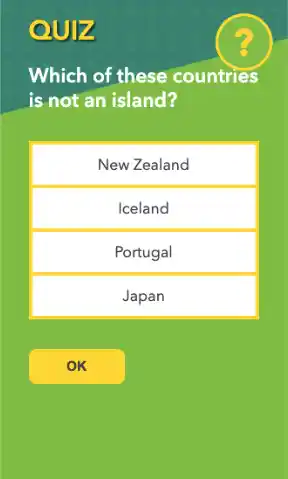Components
The Arc of Learning
What are the Components of The Arc of Learning?
The arc of learning is a visual model teachers use for organizing themselves around the work of planning projects.
The arc serves to guide a collaborative practice and is representative of the learning journey students take as they complete a project.
It begins with gathering information about the students’ interests and wonders that is then used to define the project itself.
Along the arc, a variety of academic tasks and learning opportunities enable students to develop skills and language necessary to complete a culminating product called a “deliverable.”
Assessments built into the arc allow teachers to differentiate instruction to meet the needs of students and guide students’ progress along the arc.
Interest Gathering
Interest gathering is a critical first step. As we know, students learn best when they are highly engaged and engagement increases when academic tasks and activities pertain to topics the students find interesting. In order to identify students’ interests, we take time to allow students to share and discuss ideas. Interest gathering sessions can be initiated and led in a variety of ways. A teacher can lead a 50-minute interest gathering session, or 5 short sessions for one whole week. The goal is that all students have an opportunity to express their interests and thoughts.
It is important to note that identifying topics students are curious about or are interested in exploring can also be collected from the insights that teachers gain in their day-to-day interactions with students.
Teachers then have the individual and collective answers to what their students are really interested in life or want to learn, so they can then plan the class’ project proposals considering their interests as well as their content and skills development needs.
Teachers are encouraged to be flexible in order to understand potential questions and ideas from students, actively listening to what they are expressing and even to justify why an interest is included or not in a project proposal.
Below we share some suggestions for strategies to run
interest gathering sessions:
Work with lists, questions and answers, different types of reading materials (such as newspapers, blogs, social media entries).
Real life problems and experiences can be used as a catalyst to lead group discussions.
“Head, Heart, Hand” – students draw a human body and write down interests that represent:
- their thoughts (head),
- their feelings (heart),
- hands-on ideas for games and movement (hand).
An example of an Interest Gathering activity that could be used with 3rd graders:
Do they know the answer?
Are they curious about Geography and maps?
What do they know about these four countries?
Where are they located etc.?
Source: https://www.natgeokids.com/uk/category/discover/science

Present the compiled information on the topics using different materials and media, such as mind maps, flowcharts and design thinking strategies. Discuss with the group via brainstorms and provocations.
Learning Outcomes and The Deliverable
- presentations,
- videos productions,
- written reports,
- posters,
- podcasts,
- literary productions,
- dramatic performances, etc.
Example:
Teachers and students dive into a shared reading of a newspaper article about problematic sleeping patterns and how it relates to the brain’s functions. The students start to question the human body and how it functions. They ask questions about the reasons we yawn, why we feel certain aches, what causes hunger and how we feel certain emotions when we are happy, sad or in love. Mind maps and lists can be created and used.
The following week, teachers bring some extra information and images and, after analyzing everything, they collectively decide that it will be a great opportunity for them to understand human reactions through learning and understanding the concept of the chemical reactions that occur in the human body and inside the brain.
They then decide to start a project enabling a deep investigation of what can be done to help people often stressed have a better night’s sleep, including their own parents.
The final product in this case, defined as an artistic representation of the research, either 2D or 3D for a final exhibition event.
Activities and Tasks
With the deliverable in mind, we begin a process of backward design to develop learning opportunities and tasks that will enable students to expand their knowledge and understanding of the subject, build cognitive skills, develop language, think creatively, exchange ideas and analyze new information, work collaboratively with others, reflect on their learning, and more.
A variety of learning experiences can be utilized, including but not limited to:
- research,
- hosting a guest speaker in the classroom,
- conducting interviews,
- teacher-led direct instruction,
- small group discussions
- socratic seminars,
- formulating and testing a hypothesis,
- writing.

